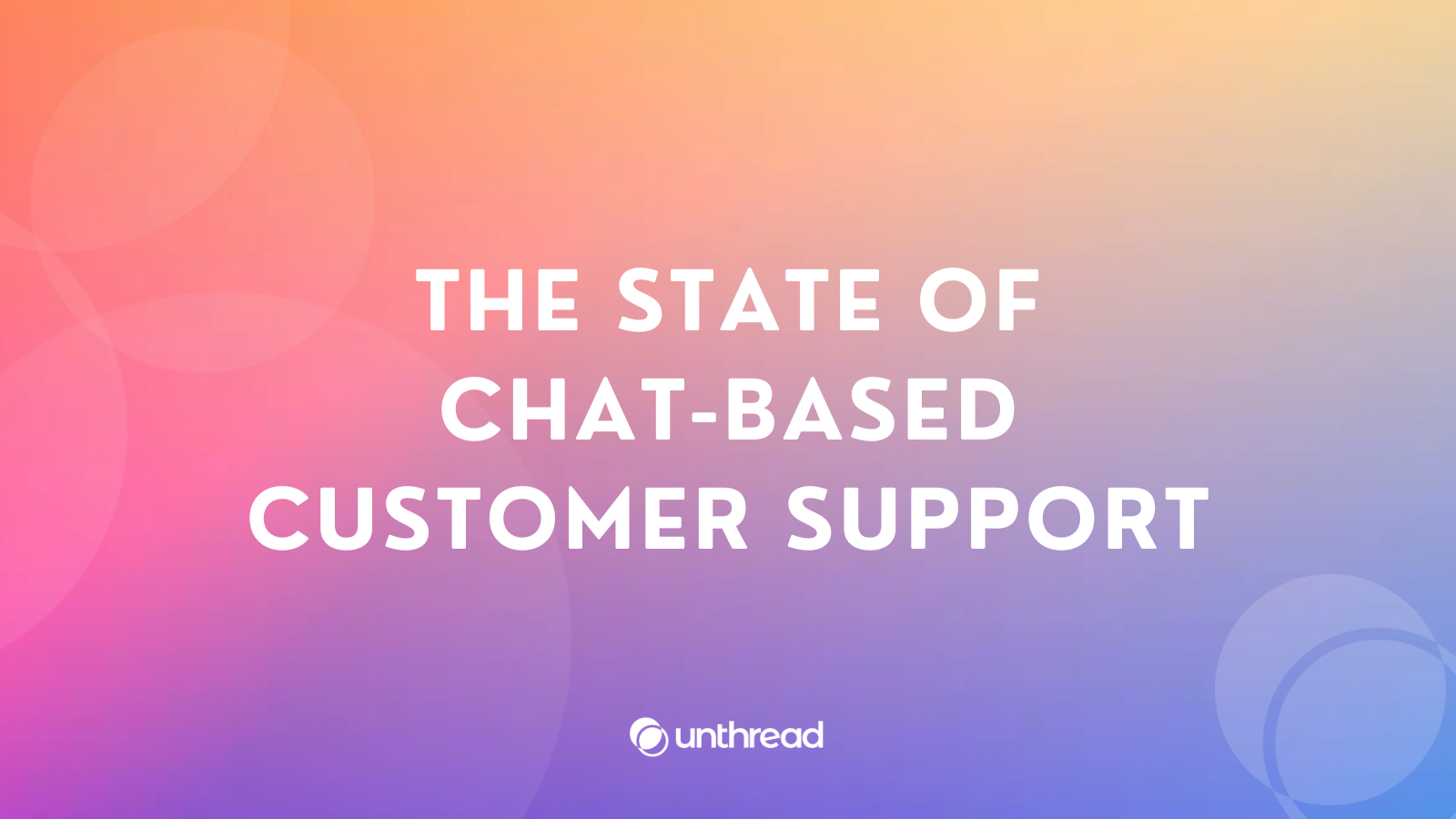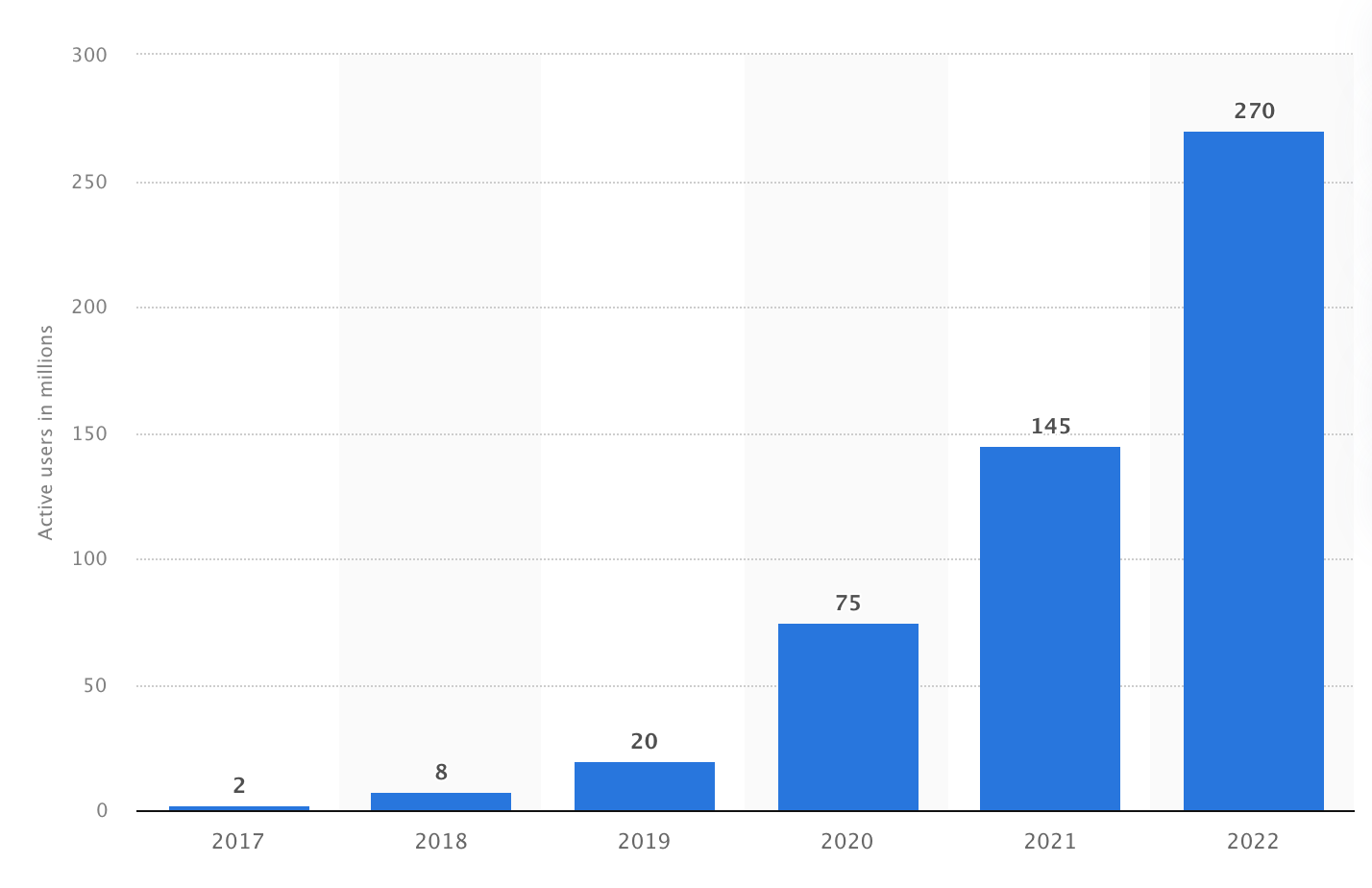The State of Chat-based Customer Support

The Rise & Fall of Chatbots
Chatbot hype originally started in 2016 and promised to revolutionize the way we get work done. In March, Microsoft CEO Satya Nadella proclaimed that “bots are the new apps” in a stark shift in strategy to move to a text-based interface for accomplish tasks without a human in the loop. Facebook even launched M, a smart assistant chatbot baked into Facebook messenger.
As hype began to die out in 2018, it became clear that chatbots were only able to accomplish basic tasks and couldn't fulfill their promised potential. According to an internal post-mortem, Facebook's M was reportedly only able to complete 30% of tasks it was given.
Slack Connect: All of the Chat, None of the Bot
In 2020, Slack launched its Slack Connect product, which aimed to connect businesses across different Slack instances to enable cross-company chant in real-time.
It experienced rapid adoption, and in less than 3 years, 80% of Fortune 100 companies have adopted Slack Connect to communicate with each other.
And it made sense. All the benefits of a chat user experience with a real customer support representative allowed Slack-based support to fulfill the chatbot expectations. It instantly became a go-to tool for customer support, as companies now had instant access to support reps, and companies could even work with their accountant to file their taxes with a few chat messages.
This proved to be a boon for both vendors and customers using Slack as their primary interface for communication.
When compared to email, companies see:
- 36% faster resolution time
- 12% customer satisfaction increase
- 20% increase in agent satisfaction
Today, over 100,000 companies are using Slack chat for support, the number only continues to rise, making it Slack's mostly quickly adopted feature ever.
In addition to Slack Connect, companies like Stytch, Clay, and Elementary have also created Slack Communities where users can freely ask & answer questions in an open forum.
Microsoft Teams: The Quiet Juggernaut
While Slack has been gaining notoriety for its innovation in the chat space, Microsoft Teams has consistently been amassing waves of users with its ability to move Microsoft365 users over to its own chat app for no additional cost.

While Teams users dwarf the number of Slack users, they haven't yet captured the B2B communication space. That's not to say they aren't working on it.
Microsoft has its own budding Slack Connect features in the form of B2B Direct Connect. There aren't published numbers on its adoption yet, but Microsoft plans for a larger rollout of this product later this year.
The Chatbots Shall Rise Again, But They Won't Be the Same
We saw where chatbots failed to meet the expectations of getting support on-demand, and we saw how Slack-based support fulfilled that destiny. While technology limitations hindered chatbot adoption 5 years ago, the advancements in generative AI have all but solved this issue. ChatGPT alone already exceeds 100 million users and is growing quickly.
The Rise of Hybrid Support
The next few years will be a transition from human-operated support to a hybrid model, where AI handles basic tasks and assists humans on more complex ones. We're already seeing this play out with tools like Intercom's GPT-enabled responses, and Unthread's AI-generated response suggestions.
Not Your Mother's Chatbot
This new world of hybrid support allows humans and AI to complement each other. In this case, the sum is greater than the parts, and we should expect to see the same benefits in fast response times and customer satisfaction while also being able to scale up support more customers per human representative.
Staying Ahead of the Curve
We're already seeing companies move to Slack-based support, and it's never been easier to start. Once your customers are used to talking to you over Slack, you'll be ready to layer in AI-enabled solutions as the technology continues to mature.

